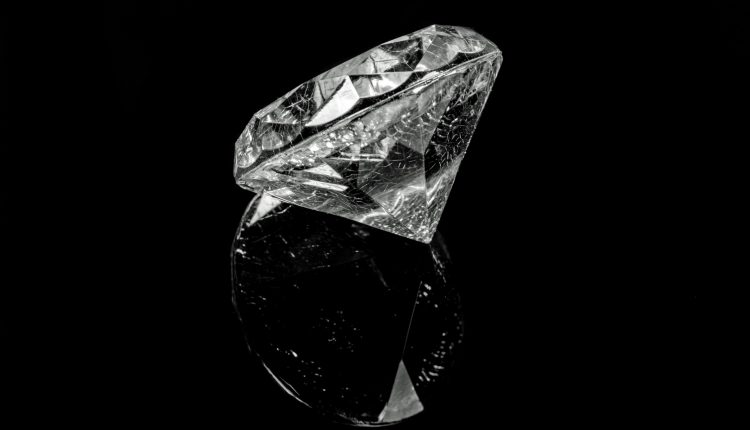India’s Rich Diamond History and Its Influence on Culture
India has a long history of being a diamond-producing nation. People there had access to diamond mining thousands of years ago and used the stones to create jewelry that reflected the spirit and fashion of the time. Indian diamonds were traded for products and gold by traders from other nations.
Diamonds’ first mention comes from a Sanskrit document from 320–296 B.C., but India has known about them for at least 3,000 years; some documents put the figure at 6,000. This made India the world’s only known source of diamonds up until the 1730s.
The early discoveries instantly changed India into a market for diamond consumption, as maharajas and other royalty wore the earliest diamond jewelry pieces ever manufactured.
But where Indian artisans have been known to expertly cut and polish diamonds since the beginning of the 16th century, diamond cutting also finds its roots here. It should be no surprise that the idea of evaluating stones and diamonds originated here.
The evaluation of diamonds followed the division of society into castes (varnas). Brahmans were given transparent, colorless diamonds; Kshatriyas acquired diamonds with a reddish tint; Vaisyas owned diamonds with a greenish or yellow tint; while diamonds that were gray or darker in color came to Shudras.
The Industry Finally Taking Formal Shape
Indian diamond polishers felt the need to properly manage diamond production and businesses in their nation in the 1960s. Thus, a group of semi-precious stone dealers, polishers, and jewelry designers turned to a brand-new gem to help their rural communities escape the poverty they were born into. Most of these individuals were from the Indian state of Gujarat.
De Beers noticed them and began courting them in exchange for a consistent supply of raw diamonds. The company broadened the offering by redesignating industrial diamonds bordering on gem quality as “near-gem.” The gems were then supplied to the Indians in large quantities.
Initially, De Beers only devoted a small percentage of its products to the Indian market. A group known as the Indian Diamond Export Corporation received the first look.
The Indian industry made a name for itself by its tradition of cutting and polishing diamonds 0.20 carats and lower in size. The term “Akht Kant,” which comes from the Dutch eight cut, refers to some of the smaller diamonds that were only partially polished. Stones cut with this technique had eight polished facets.
The challenges notwithstanding, the start was modest, as only $17 million worth of polished diamonds were exported from India in 1966. But it laid the groundwork for a new global diamond center, which would later influence cultures worldwide.
Cultural Influences of India’s Diamond Traditions
India’s advanced gemological tradition and the skill its artisans employ while making some of the finest jewelry masterpieces are becoming more widely recognized. As a result, we see a rapid expansion in the market for collectors of jewels from the Indian subcontinent.
Its civilizations, which vary from state to state, have significantly influenced jewelry’s aesthetic design. The legacy of the Mughals and the British helped create a unique yet enchanting fusion of many customs to create one-of-a-kind jewelry items.
The well-known tutti-frutti bracelet created by the renowned European jeweler Cartier perfectly illustrates the inspiration. The south Indian flower patterns jewelry, whose primary gemstones were sapphires, emeralds, and rubies, prompted the idea behind tutti- frutti style.
Furthermore, more than 100 exquisitely crafted Indian gemstones and jeweled objects are displayed at “Bejewelled Treasures: the Al Thani Collection,” an exhibition at the Victoria and Albert Museum. Sheikh Hamad bin Abdullah Al Thani of Qatar amassed this collection in just a few years, making it one of the largest in the world.
Today, there are about 25 countries where diamonds are mined. However, for thousands of years, India has been the world’s sole supplier of diamonds. The precious stones are still found in India, although the big mines there have long since run out of supplies.
The world’s largest diamond polishing industry is located in India, which will help the tradition go deeper. Eleven of every twelve processed diamonds used in jewelry are supplied by the country, making it the center of contemporary industry trends.


